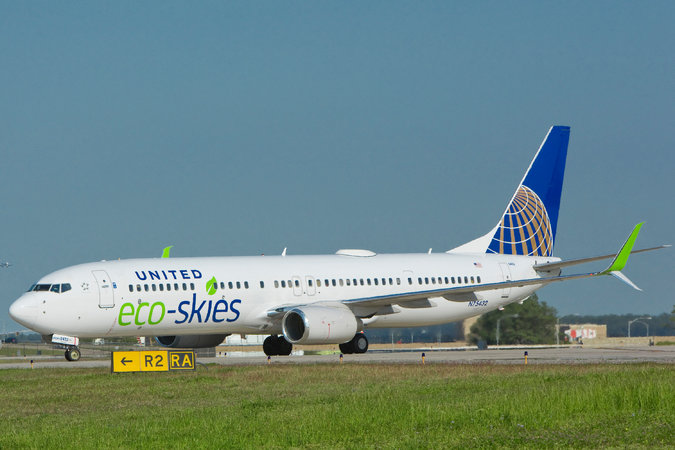Well, it's that time.
We've had a great opportunity to interview one of your peers. He has clocked 42 years of experience, which is less than 5 years from when the first Boeing 737 entered in to service and well before the time of the A320 series aircraft.
Can we say experience?
Mr. Frank Loo is the Senior Manager of Procurement and Spares for Transmile Air Services.
Let's get started.

What are your biggest frustrations when it comes to aircraft spare parts provisioning?
Response:
Parts availability for redundant system is extremely limited in the surplus market. Going back to OEM will literary end with very long lead time with exorbitant pricing. Alternative option is to retrofit and this kit is very costly and man hour cost to implement is not cost effective either.
For normal parts, many surplus stockist or repair shops hold them in "as removed" conditions. This means that we have to accept the shop turn time which does not help when we have critical requirements.
Is it difficult to adapt to these situations?
Response:
Not much of a choice.
What are the reoccurring problems you face in the general terms of maintenance?
Response:
a) Component turnaround time is difficult to firm up. MRO will always qualify with statement "subject to availability of breakdown parts". Without a committed turn time, it is difficult to negotiate penalty of delinquency.
b) Warranty term is very short calendar days on basis of very old equipment. Repaired components are normally returned as stock instead of direct installation for aircraft. The warranty days would expire by the time component is use.
How could your vendor's best service you during these problems?
Response:
Enter into Fixed Price Agreement which encourages customers to commit volume to same MRO. At the same time MRO will have a better forecast for breakdown spares provisioning.
Now let's talk about vendors. Aside from price and quality of parts, what are the biggest issues you encounter with your vendors? Maybe it's a lack of caring, or their hard to get a hold of. Think more in terms of personality, than service.
Response:
a) Missing promised lead time is frequent. This happens when it involves third party supplier. As buyer we cannot complain directly since vendor will not reveal the third party name.
b) Price changes are forced on to buyer when the first third party supplier is unable to honor its sale for reasons only known to them and vendor has to resource in their network.
What would you like your vendors to focus on more to make you feel most satisfied?
Response:
Keep to promised price and delivery terms. Sourcing for old airplane parts cannot be the excuse since all suppliers must know their inventory accuracy to promise availability.
In terms of MROs, what are your biggest complaints when dealing with repair shops?
Response:
a) Long Turn Around Time (TAT) especially when they are the OEM and have no authorized independent repair shops. Operators have no alternative.
b) OEM arbitrary forced operator to go through appointed MRO for all repairs. This MRO/Vendor has no urgency to customers' requirements since they are acting a "middleman". At the same time OEM wash their hands of their commitment to the operator.
How would you like them to act towards you (quality and price aside)?
Response:
Be pro-active and sensitive to operators' problems and frustrations.
If you could choose one thing, aside from price and quality, what would you like to see most in your aircraft spare parts vendor?
Response:
Honor its commitment.
Did you enjoy this Q&A? Respond to this email, we would like to hear from you.
[dropshadowbox align="none" effect="lifted-both" width="autopx" height="" background_color="#f5a230" border_width="1" border_color="#dddddd" ]Bio:
Since 1971 Mr. Frank Loo has clocked 42 years of experience in Material Management, Supply Chain, Logistics, Initial Provisioning for B734, A300, A330, DC10, B747, B777, Twin Otters and the respective engines.
He started with a national carrier, Malaysia Airlines and has since been with Transmile Air Services for the past 6 years after retiring. His major roles have been project leader in automation for inventory management/control, automation in warehouse spares control, stocking and distribution, setting up a purchasing office in Los Angeles, head of component repairs management, freight management, design and overseeing the construction of new warehouses. This is of course in addition to many other projects overseen by Mr. Loo.
Academically he holds a Bachelor of Business degree from University of Southern Queensland, Australia and attended several aircraft fleet type courses besides airline management courses. [/dropshadowbox]










